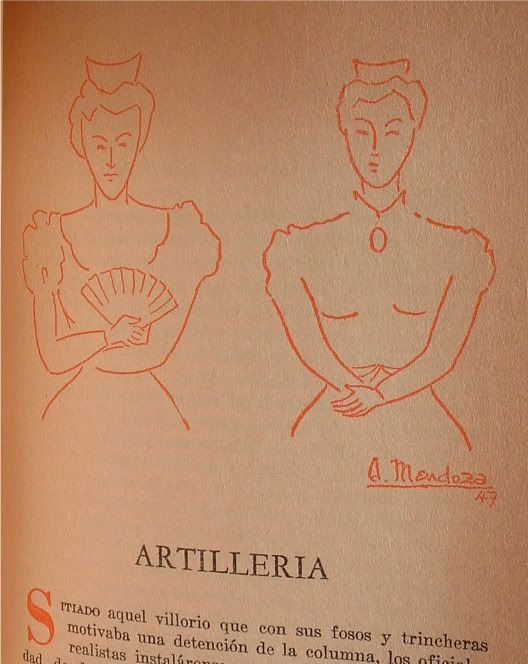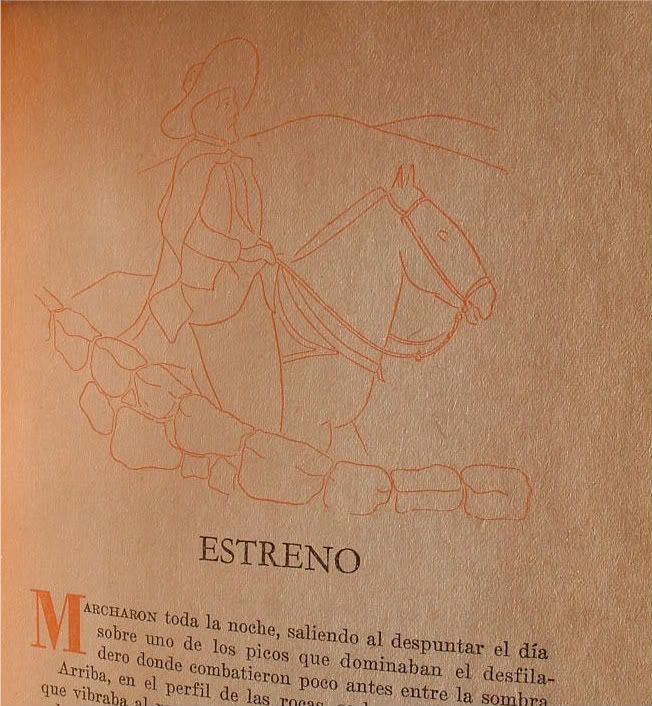
Astor Piazzolla holds an important spot in the history of twentieth century musicians. His nuevo tango, which incorporated jazz and classical elements into the traditional tango of Argentina, not only revitalized the tango, but but also gave it a new international resonance, inspiring such artists as Yo-Yo Ma and Daniel Barenboim. What sort of person could create music so beautiful, poignant without being sentimental, modern yet with such depth? Wondering this, I had read Le Grand Tango, a very thorough account of Astor's life, and from what I've heard one of the better biographies written about him. But while Azzi and Collier do a good job of telling you what Piazzolla was up to throughout his life, they are somewhat less successful at giving you a sense of who he was.
That is one thing that made Astor Piazzolla: A Memoir such an enjoyable read. Piazzolla was apparently something of a difficult interview subject; Gorin compares him to Borges for his tendency to answer more in the spirit of provocation than information. However, Gorin seems to have managed to get Astor to open up about himself, partially because they were friends, and also one suspects due to some degree of doggedness or cleverness on Gorin's part.
The book is not a traditional biography, and it focuses mainly on certain times and themes of particular importance to Piazzolla. Quite a bit of time is spent on his musical inspirations, from growing up in New York, meeting Carlos Gardel, studying with Naudia Boulanger, and playing in the Orquesta Tipica of Anibal Troilo. So, too time is spent talking about Piazzolla's drive for innovation and his impulsive, sometimes tempestuous, personality which together led to his making enemies within the Argentine tango community. (And also to some short-lived experiments, such as Tango-Jazz and the Electronic Octet.) Piazzolla also talks about his private life, musicians he's played with, and his observations on the cultural milieu of which his music was a part. One gets a good sense of the intelligence of the man, his emotional turmoil, his devotion to tango.
It's a rich and fascinating portrait, one that I think any fan of Piazzolla would find interesting. That said, for the really interested, it is probably best to read a more traditional biography, such as Le Grand Tango, as well as Memoir in order to get the full picture.
















